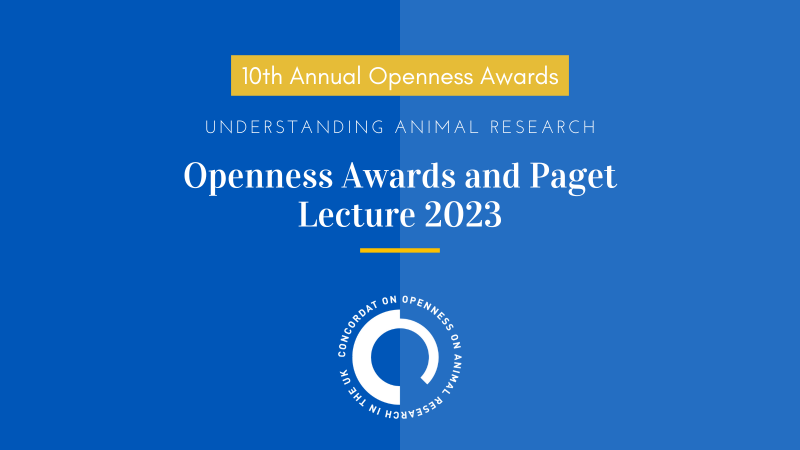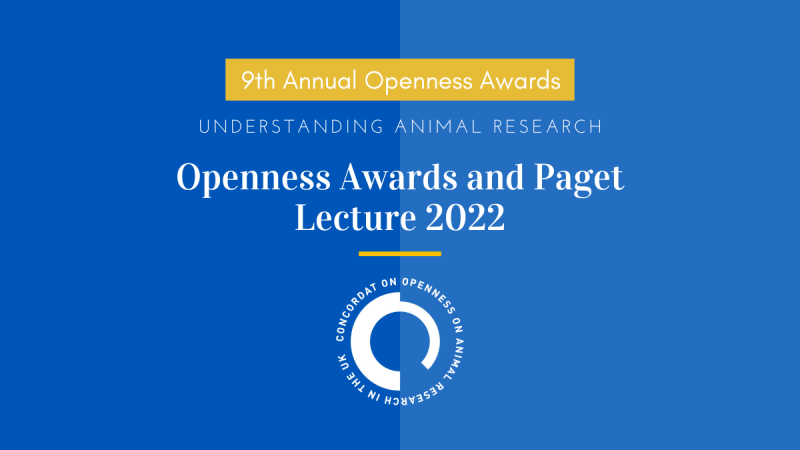
Why this, why that, why, why, why … Robin Lovell-Badge was an unusually inquisitive child. Nicknamed “professor”, he had a particularly strong interest in science, especially subjects to do with space, dinosaurs, and biology. Always buried neck deep in science-related news and topics, he was soon driven to study zoology at University College London, a field in which he would grow to become one of the world’s most distinguished figures.
Embryology grabbed the young Lovell-Badge most: “Because the questions couldn't be answered properly. I wasn't getting straight answers, so it meant I wanted to find out more,” he explains. After a first lab experience in plant genetics, he started in 1975 a PhD alongside the now Nobel laureate Martin Evans studying stem cells, “which were very interesting at the time, because they seemed to have many similar properties with early embryo cell types”. He used methods which were then still quite rudimentary to look at teratocarcinoma stem cells in culture as they were differentiating and compare them to normal early mouse and chick embryos in the same process.
“At the time we couldn’t clone genes and we couldn’t do much in terms of studying gene expression except look at proteins. So that was what I was doing –looking at and comparing thousands of different proteins,” he explains. Eventually his data suggested that undifferentiated stem cells were most similar to the inner cells of the early embryo around the time of implantation. Towards the end of his PhD, the whole team moved to Cambridge and integrated into the genetics department.
Robin stayed on to do a postdoc: “At the time, stem cells were derived from a type of cancer – teratocarcinomas. My work helped convince Martin Evans that his idea that stem cells could be directly derived from these pre-implantation early-stage mouse embryos was plausible. And it worked.”
In 1980, the team derived for the first-time embryonic stem cells from mouse embryos, a major breakthrough that has since resonated in multiple areas of science and have led to fundamental changes in understanding how organisms develop and function.
Martin Evans and his team went on to show that these embryonic stem cells could be cultured and differentiated in vitro into all sorts of different cell types. Importantly, they could also be combined with normal embryonic cells to give rise to adult chimeric mice. These mice could then produce offspring composed of the original embryonic stem cells. Any genetic modification induced in the stem cells would then affect these 2nd generation mice. Genetically altered mice were born. The work led to the creation of an immensely powerful technology known as gene targeting in mice. It is now being applied to virtually all areas of medical research – from basic research to the development of new therapies. Martin Evans along with Oliver Smithies, and Mario Capecchi were awarded a Nobel Prize in 2007 for this ground-breaking work.
However, before the chimeric mice were a reality, Robin Lovell-Badge moved to a lab in Paris run by a scientist called Jacques Jamy to work on another form of genetic alteration. “We wanted to find a way to introduce or alter genes in mice,” he explains. “We had started hearing rumours that it was possible to directly inject DNA into the nucleus of fertilized mouse eggs and that the DNA would get incorporated to produce transgenic mice. There was no real evidence that it worked but I taught myself how to do it - and it worked.” Robin Lovell-Badge was one of the first scientists in Europe to create transgenic mice.
With a cutting edge understanding of embryonic stem cells and making transgenic mice, Robin Lovell-Badge moved back to the UK. He set up his first independent group in the Mammalian Development Unit at University College London, led by Anne McLaren: “I started working on gene activity, gene expression, gene regulation. It was an exciting moment. Anne McLaren, is a very famous scientist. At the time, one of her main interests was germ cells, the other was sex determination. And she wanted me to work on the latter. We knew that XY mice developed into males and XX into females. That was about it. But there had to be something on the Y chromosome that triggered male development.”
By combining human and mouse genetics, Robin’s team made their world-changing breakthrough in the late 80s and early 90s. They discovered the gene responsible for testicular development in all mammals, an achievement since recorded in biology textbook across the world. “The story hit all major news outlets. For months, we were in newspapers, and radio and TV shows,” describes Robin Lovell-Badge. “I got very used to talking to journalists and the public about our experiments but also mouse genetics and embryology.”
As a committed advocate for openness and transparency around animal research, Robin Lovell-Badge is a fervent believer in honesty: “It never even crossed my mind to not talk about my work, even though it involved animals. It is beautiful and interesting biology that has taught us a lot. And I never had any problem.”
As a specialist in embryology and genetics, Robin has since been approached by the media on multiple occasions, to talk about everything from the cloning of Dolly the sheep to transgenic animals, human-animal chimeras or even human in vitro fertilisation. He never wavered or missed an opportunity to showcase the importance of animal research. He also did a lot of advocacy work in Parliament and to policy makers, never shrinking from challenging topics.
One area of policy that he feels was particularly important was in making changes to the Act that regulates embryo research to include a whole variety of new types of animal research: “We did a public dialogue exercise where we presented members of the public with evidence, in a very neutral way, getting them to discuss amongst themselves –and with facilitators –to see what they really thought about research where you have animals containing human genetic or cellular material. Our report was in favour of chimeric embryo research going ahead with the public’s support. Eventually, these recommendations got incorporated into law. It had a big impact.”
Public dialogue and surveys became a new way for Robin Lovell-Badge to explain the importance of science and research. A strong believer in openness and open science, he became a member of the Council of Understanding Animal Research as well as the advisory board for the Science Media Centre. In his own words: “Scientific endeavours work much better if we’re open about them.” When the idea of the Concordat for openness arose, he was “very happy to get involved in the initial stages of establishing it, both through UAR and the Science Media Centre. I’m very proud of how it’s worked. Now all the institutions talk openly about animal research, and animal rights activists have little to complain about because it’s all out there.”
Not only has Robin Lovell-Badge changed science and a whole field of research, shaping the regulatory field as he went, but he also made a lasting and strong impression on the thousands of people that listened to him talk about science. For him, science and communication about science cannot be separated, and his illustrious career demonstrates the power and importance of openness in all its aspects: “For me, openness is a general principle for scientific research. Whether it’s animal research, or embryonic research, or any other controversial topic, it’s important that it’s out there and talked about.”
Last edited: 29 November 2024 09:35



